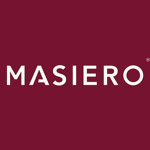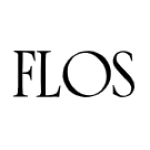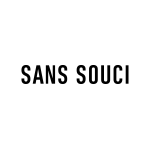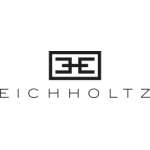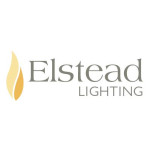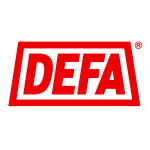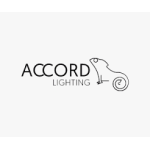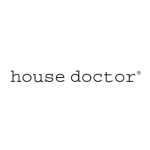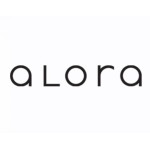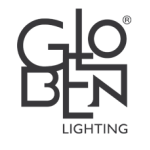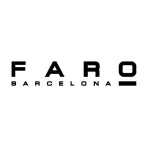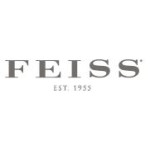First impressions are important, and when it comes to hospitality lighting it plays a greater role than you can imagine. While some are still rummaging in the dark when it comes to creating the right mood sowe asked an expert.
The food can be delicious and the drinks perfectly chilled, but if the light is not good, the customer won´t bite. There are studies that confirm this. A new study * found that "72% of the ones that answered had left the premises earlier than planned because it was too highly or poorly lit," while "74% of the ones that answered had stayed longer than planned because the lights had made them feel relaxed and welcome. "
Because time is money, bar lighting and restaurant lighting is something to take seriously. Here is LampKompaniets ten golden rules:
1. Lighting is central to the design.
"Lighting is often an afterthought," and "an additional feature cast just before the restaurant opens." But because factors such as the location of electrical outlets and floor plan is crucial for the lighting design, it is important to consider all aspects. Take for example the tables. An effective way to select individual tables, especially in restaurants, is to install hanging lights above them. "Without careful planning, it may be impossible to get the light over some tables."
2. Apply the various layers of light.
Different lighting can have different functions. The first step is AMBIENT lighting. This is the main light source in a bar or restaurant, which creates the General lighting level. This can be diffuse outward illumination, it can also make ceilings or walls appear higher. Next comes the TASK lighting. These are often LED tiles used in areas where work needs to be carried out, such as at the counter or kitchen. Then comes the ACCENT lighting. This type of lighting pays attention to the architecture or a particular feature. It includes lights on walls or pillars, as well as lighting behind the bar. Both decorative lighting and effect lighting is what personifies a bar or restaurant. The functionality is less significant here; It is about creating an individual style in a restuarant.
3. Use light to direct guests when in your restuarant or bar.
When someone walks into a room, they should know within the first few seconds where to go and where to find what. "Orientation is important." Light can be used to control the guests in your restuarant or bar to the various contact points or areas. Points are created by contrast in brightness, often between accent lighting and ambient lighting. Recommendations vary, but a 5:1 contrast ratio with accent lighting to the surroundings is a good starting point to make things stand out.
4. No one size fits all: be aware of your space and concept.
Every bar and restaurant has its own individual style. "When you're designing your space, you should consider three things: concept, target group and the space you use". For example, a small bar require the individual fork accentuated, while a larger space may need to use lighting to differentiate and separate the different areas.
5. Get the right mood by paying attention to the brightness.
Lighting is the key to the atmosphere. "Warm, cozy light makes people feel most comfortable, especially in cooler climates." With warm light, we refer in general to a lights with less than 3000 Kelvin. To install a dimmer switch adds an element of flexibility, making it possible to adjust the brightness to create different moods. Automated control systems can further help the process, so that different settings can be programmed according to time of day or year.
6. Apply colour, but not to much!
Bar lighting tends to be a little different than restaurant lighting. Because bars usually also aims to offer some form of entertainment, it is more common to experiment with color. Restaurants on the other hand, often require more reserved lighting, creating a relaxed environment. Of course, this varies according to the concept. Colour is also used to promote the company's brand and are a great way to introduce brand colours. "But be careful not to exaggerate."
7. View food and drink's real colours
Not to be confused with the coloured lighting is colour reproduction, the ability of a light source to view various objects true colour. Expressed as an index, the lower the score, the worse are the characteristics of a lamp. Highest score is 100, and the bulb is then equivalent to the full light of day. In restaurants and kitchens are required at least 80 points; but 90 is better. To have the wrong colour reproduction numbers (also called "Colour Rendering Index" or "CRI" in English) may mean that the visual impression of the food (and drinks) do not reach their full potential, which has a strong impact on the customer experience.
8. Be careful when it comes to customer comfort
"With an unusual or experimental design of the bar should be ensured a minimum level of comfort,". Guests must always be able to read the menu and see the food. Direct glare should also be avoided by placing the lights outside the natural field of vision. Beware of light that can be reflected in the field of vision from shiny surfaces or mirrors. Separators, such as frosted glass or fabrics, can be useful here.
9. Keep your eye on current trends as some are here to stay.
Current trends is based on a return to the basics. "Light sources are now open, with lampshades removed and wires hanging from the ceiling." Retrolampor with an exposed light bulb is very popular, because it is the lamps itself that is design feature. In the case of non-decorative lighting, using bars and restaurants increasingly LED/LEDs to save money and reduce maintenance. "Both of these trends are likely here to stay,"
10. And finally, what is most important: the design or functionality?
"Good design is functional!"
* Figures from a MEGAMAN-survey conducted among 236 employees in the service sector by Big Hospitality in October 2015.


-100x100w.png)
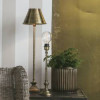
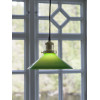



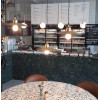
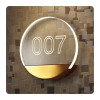
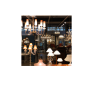

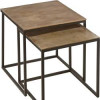
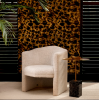
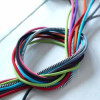
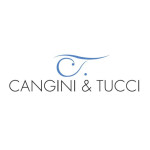
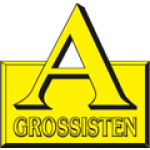
-150x150w.jpg)

